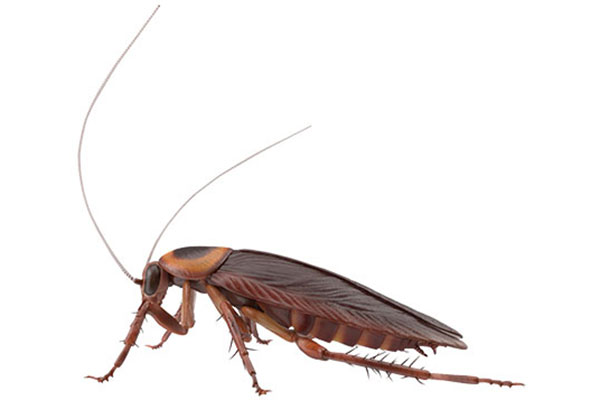An effective cockroach management strategy requires more than one approach.
I have three favorite cockroach-related expressions:
1. Cockroaches come from cockroaches. Clutter, lack of customer cooperation and poor sanitation make it difficult to gain control, but the persistence of cockroaches stems from a rapid reproductive rate or influx of new populations. You must account for this and go the extra mile. Sometimes you’re missing the breeding source in a wall void or adjacent garbage chute. Sometimes it’s a hidden void under a sink. Don’t blame it all on the customer. Search for the source.
2. There is no disgrace in having cockroaches, but it is a disgrace to keep them. For various reasons, people choose to live with cockroaches. Therefore, it’s important in multi-complex units that each unit be inspected and treated on a regular basis. The regularity varies with the neighbors, conditions of the building, and what initially exists when you begin the service.
3. Think like a cockroach. To win a war, you must know how the enemy thinks, acts and reacts to different situations. The same is true with cockroaches. Understanding their range, harborage and temperature preferences makes you a better inspector and a better pest management professional (PMP).
Top 4 approaches
You can incorporate these four pieces of equipment into your cockroach management strategy plan. All are not needed every time, but sooner or later, all are likely to be needed.
1. Monitors. Placing sticky traps and coming back a week later to look for cockroaches in them is not monitoring. Monitoring is recording what you catch, what stages they are in, and where and when you caught them. Look for trends: Are they increasing or decreasing?
You don’t need sticky traps if numbers are high. They’re best utilized when you think you’ve done a good job and want to verify it — or perhaps, more realistically, want to find what you missed. Sticky traps are less helpful if you don’t implement a plan of action when even one cockroach is caught.
Monitoring also can mean recording verbal reports from occupants at the account. The first person to turn on the lights in the morning is often an excellent source of information.
2. Smoke machines. When American cockroach (Periplaneta americana) problems continue to persist, it may be time to try a smoke machine, which can propel smoke through plumbing lines.
Once you inject the smoke from an exterior source, determine where the smoke is escaping via cracks. This points you to how and where the American (and other peridomestic) cockroaches can enter a structure. Next, find the openings and get them repaired. Hint: They’re often in wall voids.
3. Vacuums. When you have access to large German cockroach (Blattella germanica) populations, one initial vacuuming does wonders. It removes many cockroaches, which reduces the need to use a lot of bait. It can also remove asthmatic-attacking antigens if you use a vacuum cleaner that is high-efficiency particulate air (HEPA)-filter rated.
4. Plastic bags/bins. The concept of reducing harborage to control cockroaches is more than 100 years old. To accomplish this, you first need to work with the client to reduce clutter. Then, insert in sealed plastic bags the boxes, papers and loose items the client won’t throw out. Lastly, use proper sealants for eliminating cockroach harborages in a structure. Caulking will only create additional cockroach harborage areas if not applied properly.
Contributor Dr. Austin M. Frishman, a PMP Hall of Famer, can be reached at PMPEditor@northcoastmedia.net.

Leave A Comment